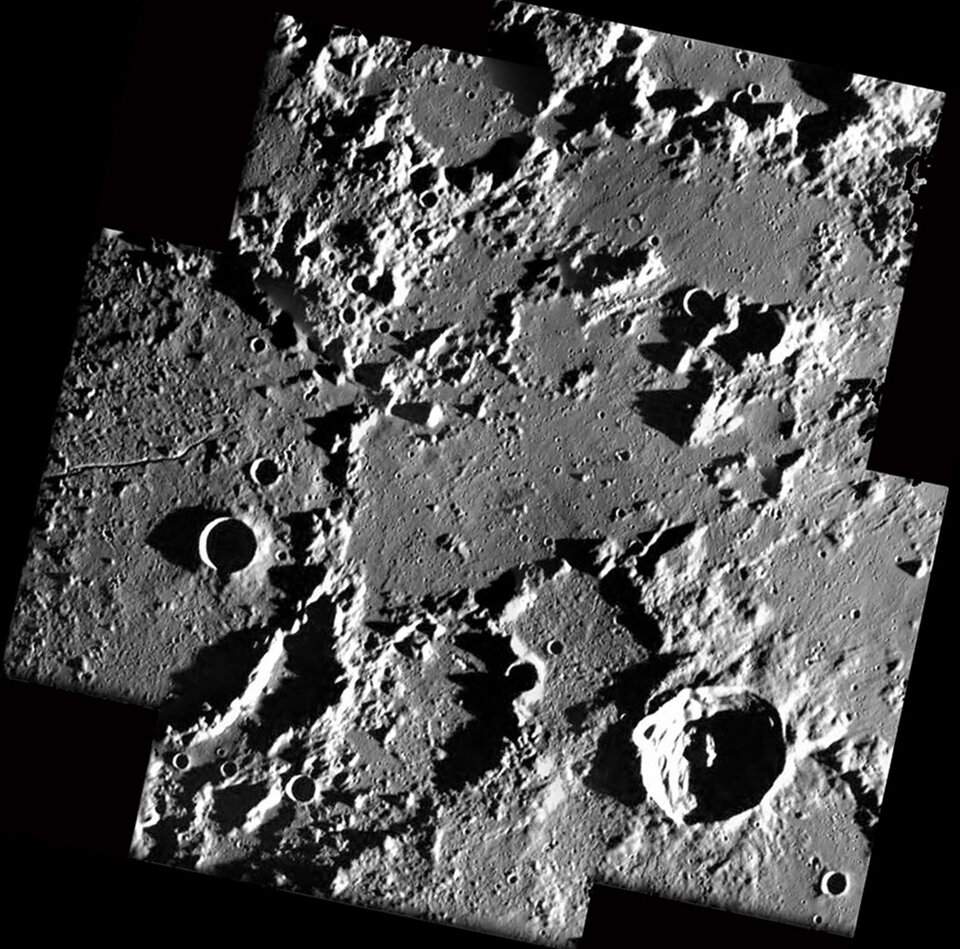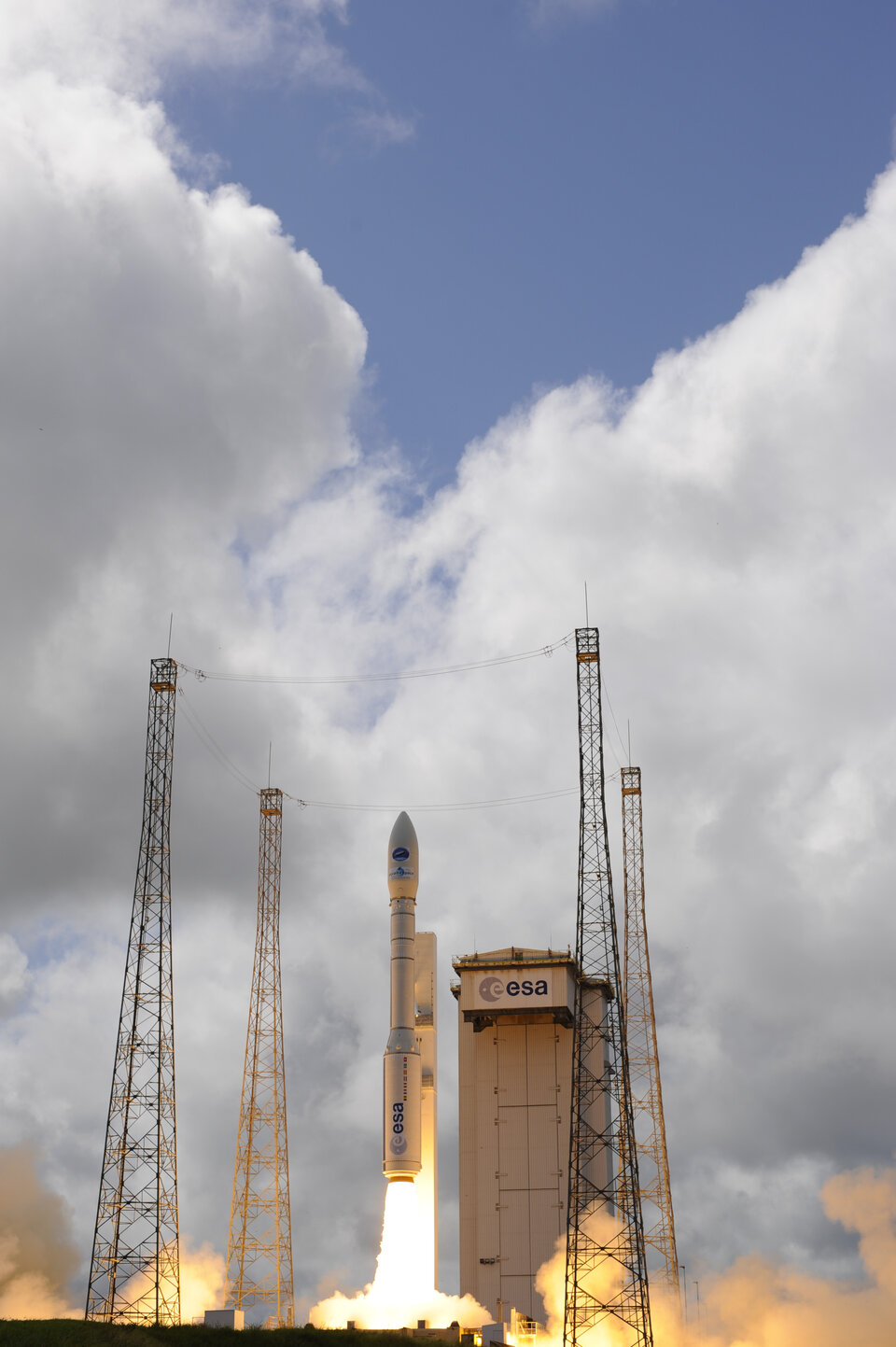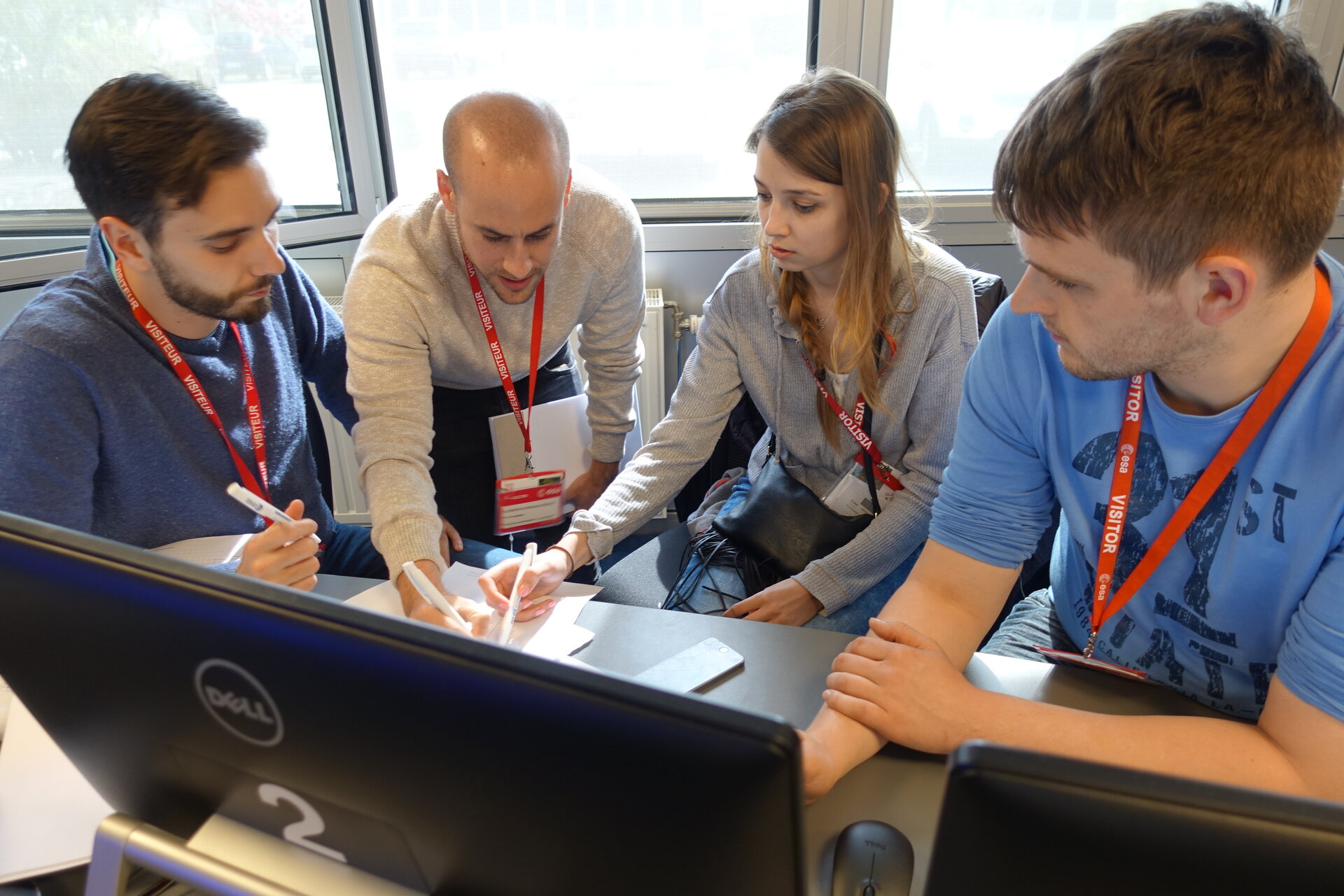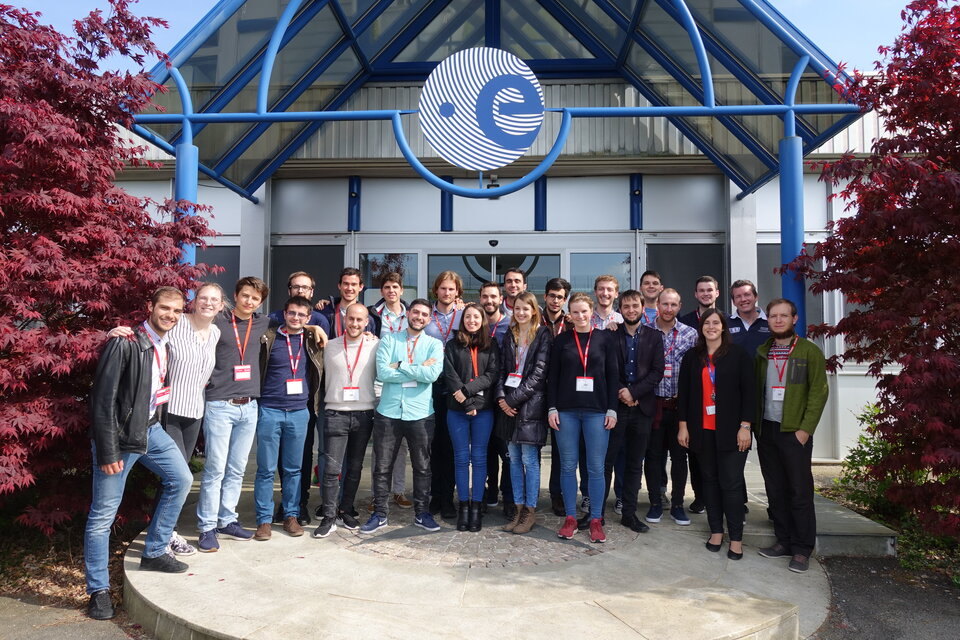Fly me to the Moon: students use Concurrent Engineering to design lunar mission!
Concurrent Engineering is a novel approach where multiple subsystems are designed simultaneously, potentially leading to huge efficiency savings. ESA see this as a valuable tool, so from 1 – 4 May 2018 ESA hosted again an Educational Concurrent Engineering Workshop to introduce the technique to the engineers and scientists of tomorrow.
20 university students from 11 different ESA Member and Associate States visited ESA Academy’s Training and Learning Centre, ESA-ESEC, Belgium, to participate. Offering guidance and expertise were two Systems Engineers from ESA’s Systems and Concurrent Engineering section at ESTEC. “The engineers who came from the CDF at ESTEC gave us a really good insight into their job and which issues they need to face everyday.” said a Portuguese student from the Instituto Superior Técnico.

In order to fully immerse the students in the Concurrent Engineering way of thinking, they were challenged to design a hypothetical mission: Lunar Impactor And Rover, or LIAR for short. The ambitious goal of LIAR would be to search for water on the Moon. A micro-satellite would need to reach, and then impact, our celestial neighbour, deploying a rover with a scientific payload designed to find water. The details of how to achieve this would be left to the students, thereby offering a huge amount of freedom in their designs.
The students began by enjoying an introduction to Concurrent Engineering, as well as trying their hand at some exercises to get familiar with the Open Concurrent Design Tool (OCDT), which is used by ESA in professional CDF studies. They also learned about ESA and its Education Programme, along with tantalising early career opportunities at ESA.

Students were then divided into teams to cover the different subsystems required to successfully design LIAR:
1. Configuration
2. Structure & Mechanisms
3. Propulsion
4. Mission Analysis
5. Attitude and Orbit Control Subsystem (AOCS)
6. Power
7. Thermal
8. Optics & Sensors
9. Communication & Data Handling
One the Workshop’s second day the students worked in teams on the design of their subsystems. They even managed to make initial simulations, which is impressive given the short timeframe. Before long issues started to arise, making it clear what a challenge this was; but the students continued, undeterred.
The next two days were dedicated to creating a second iteration, making changes as and when required, and adapting their plans speedily and efficiently. Every participant gave it their all. On the final day the students managed a third and final iteration, incorporating some important but necessary shifts in design. They then paused for a well-deserved lunch!
A British student from the University of Surrey explained, "Working within a realistic environment amongst such a diverse group of students and experts made the Concurrent Engineering Workshop an utterly amazing and rewarding learning experience. It has allowed me to develop a much deeper respect for the challenges involved in the design of space missions and has given me a new perspective on the exceptional things that can be achieved when people, of differing expertise and priorities, truly work together as a team."
ESA Academy courses often feature bonus activities. This time the participants played the EcoDesign game, which is based on the different environmental impacts of a space mission. They also had the opportunity to visit the site of ESEC, the PROBA Operations Room, and ESA Education’s e-robotics lab. These activities were enjoyed by all!
The final afternoon was dedicated to presentations, with each student explaining their final subsystem design. The teams discussed their decisions and thoughts about the LIAR mission. Each subsystem worked well with the others, forming a coherent mission. The satellite was designed to fit into a VEGA launcher, and the mission was considered to be “low cost”, which was a core requirement. The ESA experts were impressed with the students’ final design. A satellite would travel to the Moon and crash in a precise location at the lunar South Pole. The impactor was shaped a little like a nail, with the rover placed in the head, where it would be kept safe during the crash. A camera would be used to take pictures during the descent, so that the rover could be speedily located. The rover would then explore the surface, searching for signs of water. It would be connected via cable to the remains of the crashed satellite, which would then transmit data back to Earth. Mission accomplished!
"The ESA Academy’s Concurrent Engineering Workshop was one of the greatest experiences of my life,” enthused a Romanian student from the Polytechnic University of Bucharest. “I can highlight the great teamwork between all participants and the very good ideas that were discussed. The ESA training people had a great attitude and presented the concept of Concurrent Engineering for us to understand more easily, also helping us surmount the problems that we faced. All in all, it was a magnificent experience that will surely help in the future."
For information about upcoming ESA Academy events, please visit: www.esa.int/Education/ESA_Academy/Current_opportunities
Contact: esa.academy@esa.int



